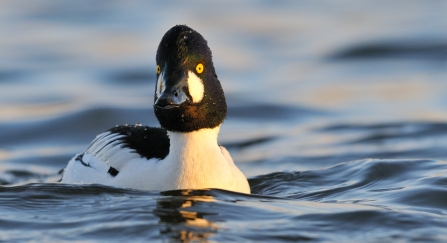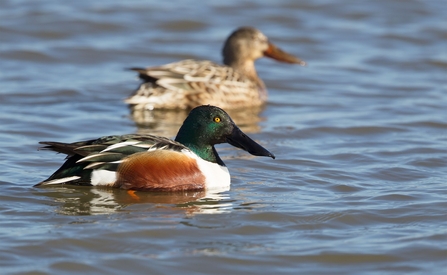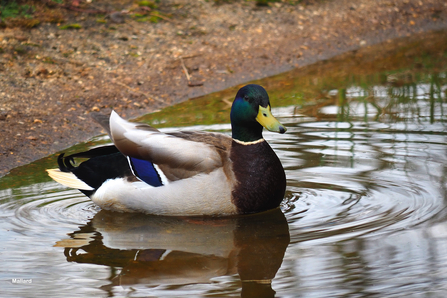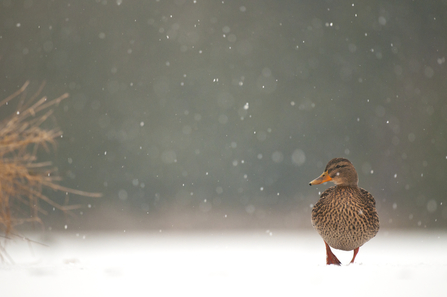Winter is the best time of year to get acquainted with the many ducks and other wildfowl that we see on our ponds, lakes, rivers and wetlands. Many of our winter wildfowl will be migrating south from Northern Europe back to their wintering grounds in the UK and our wetland nature reserves provide a perfect habitat for their winter stay. This is due, in part, to the food available for them there, but also the way in which the habitats can accommodate the different ways that they feed. Wildfowl can be easily divided into two main feeding groups - divers and dabblers.
Simply put, divers dive under the surface of the water and dabblers dabble on and around the surface. Both can be found side-by-side on many of our reserves, but it is this difference in feeding behaviour between species that can help you to identify them.





